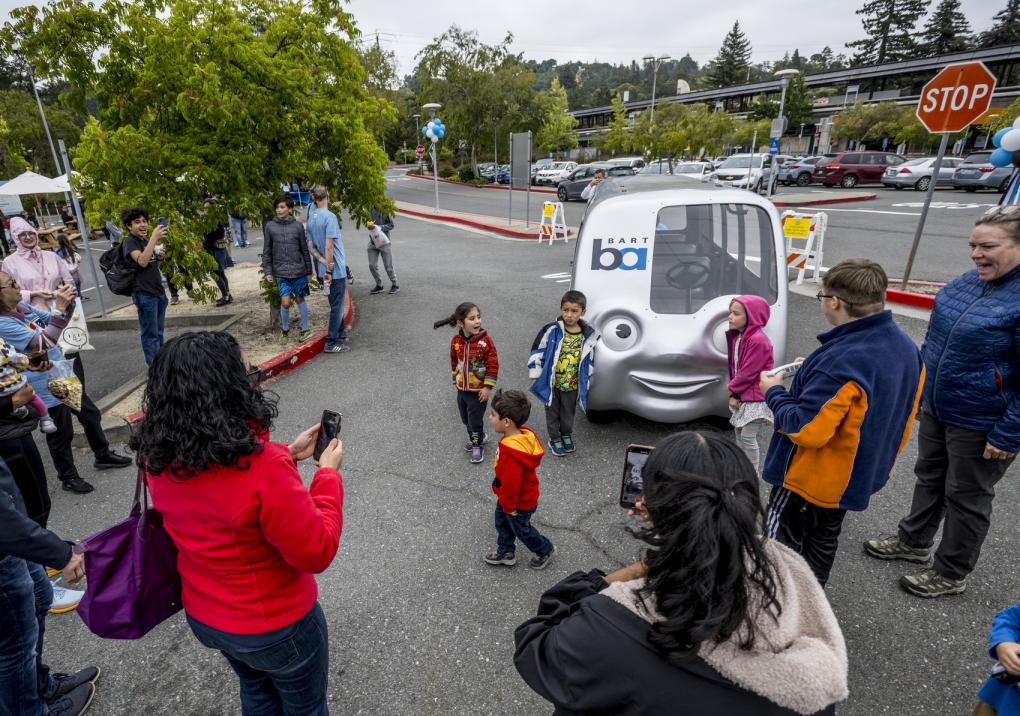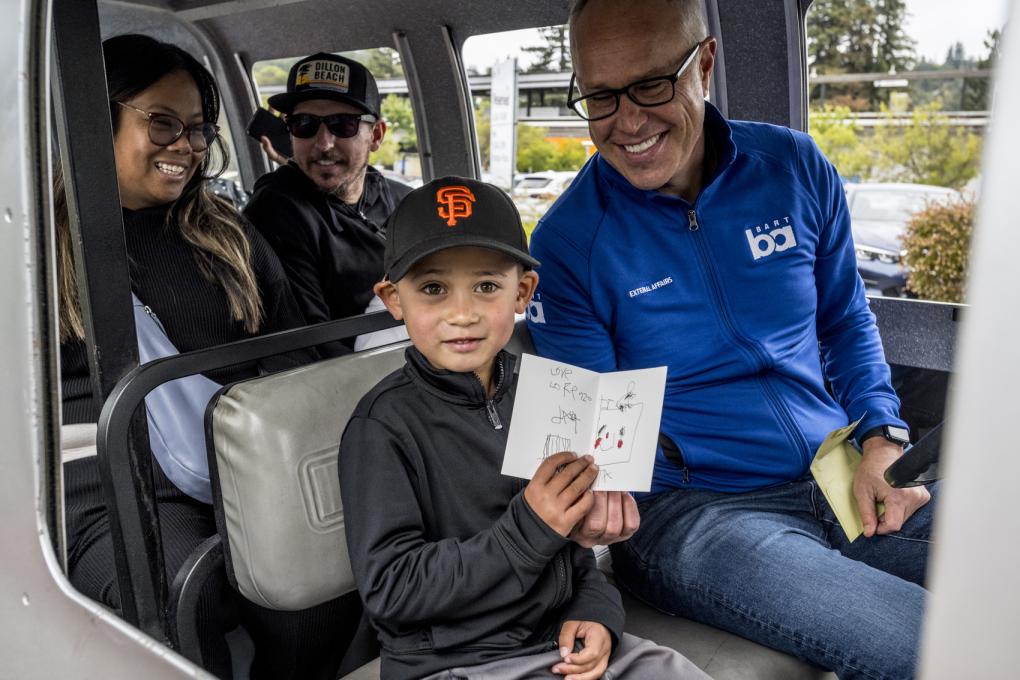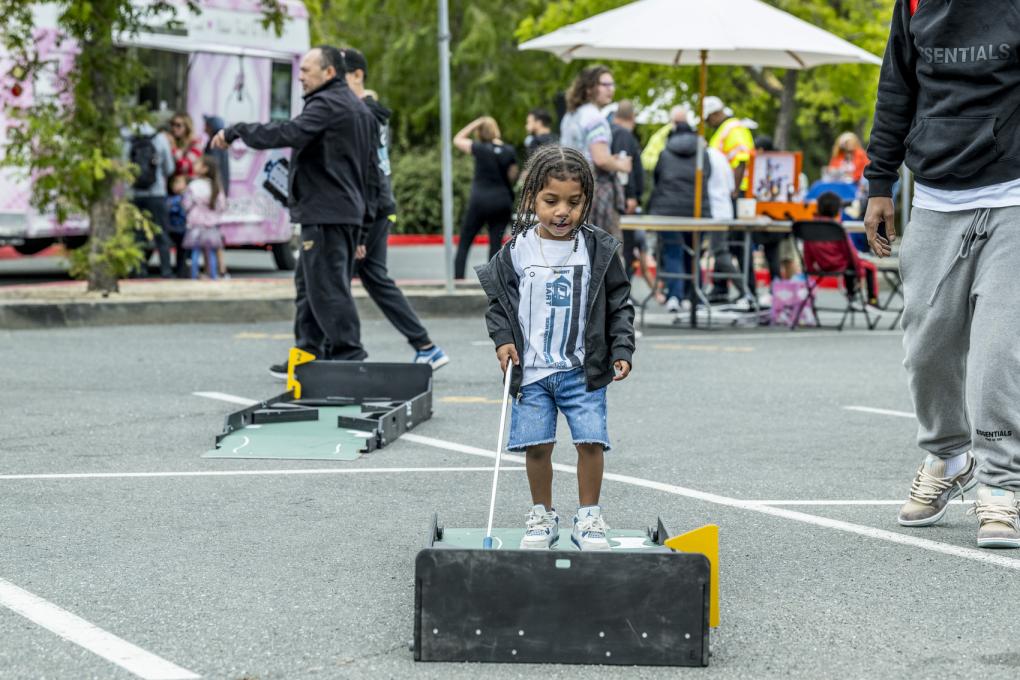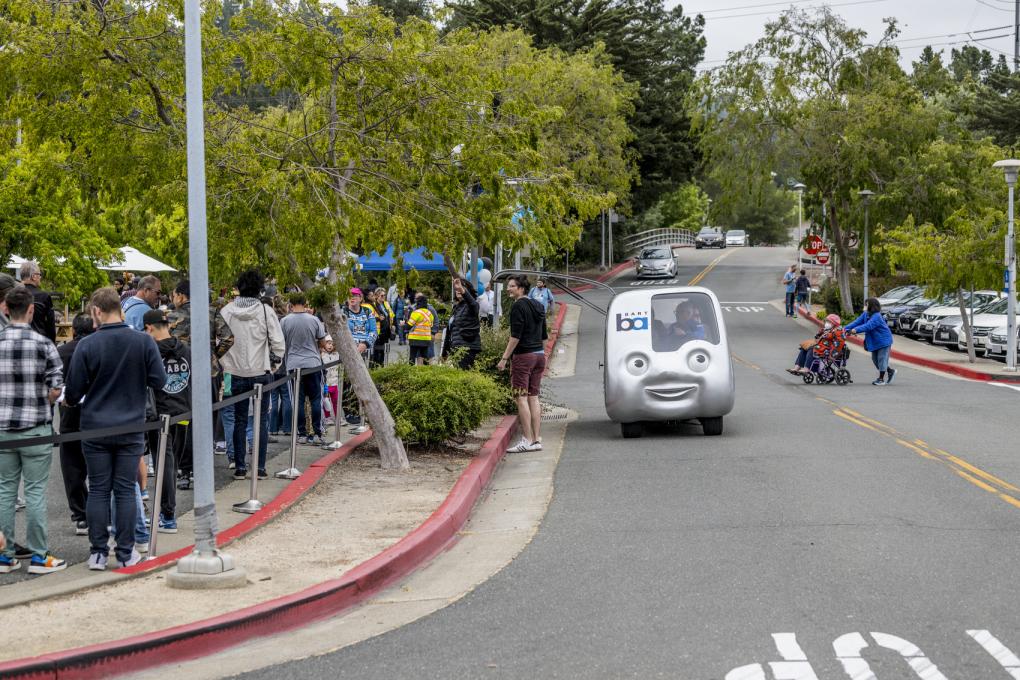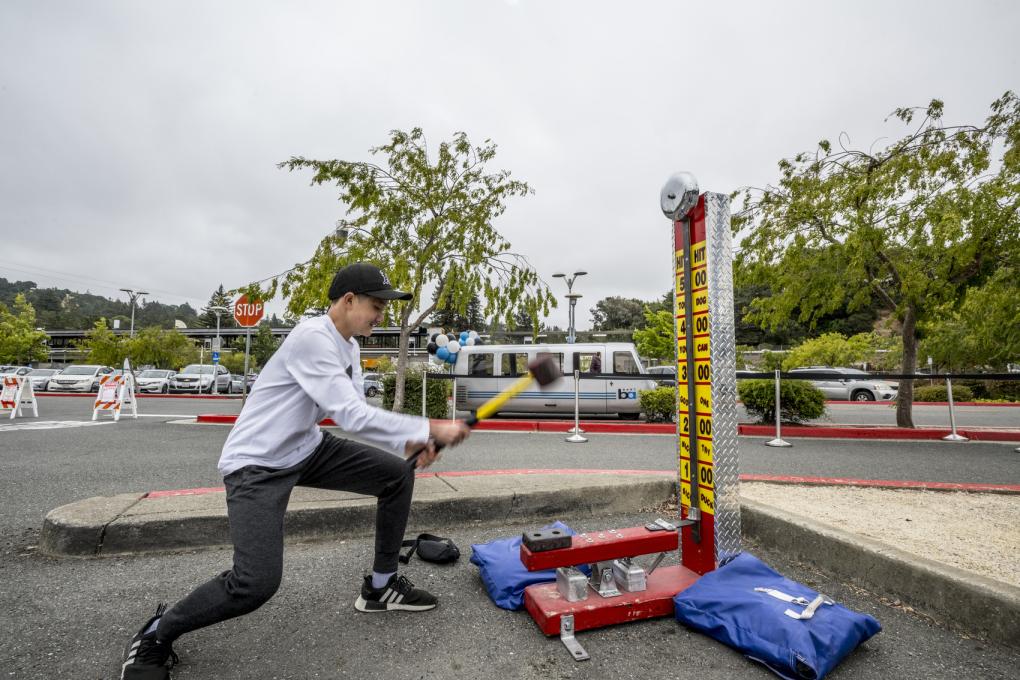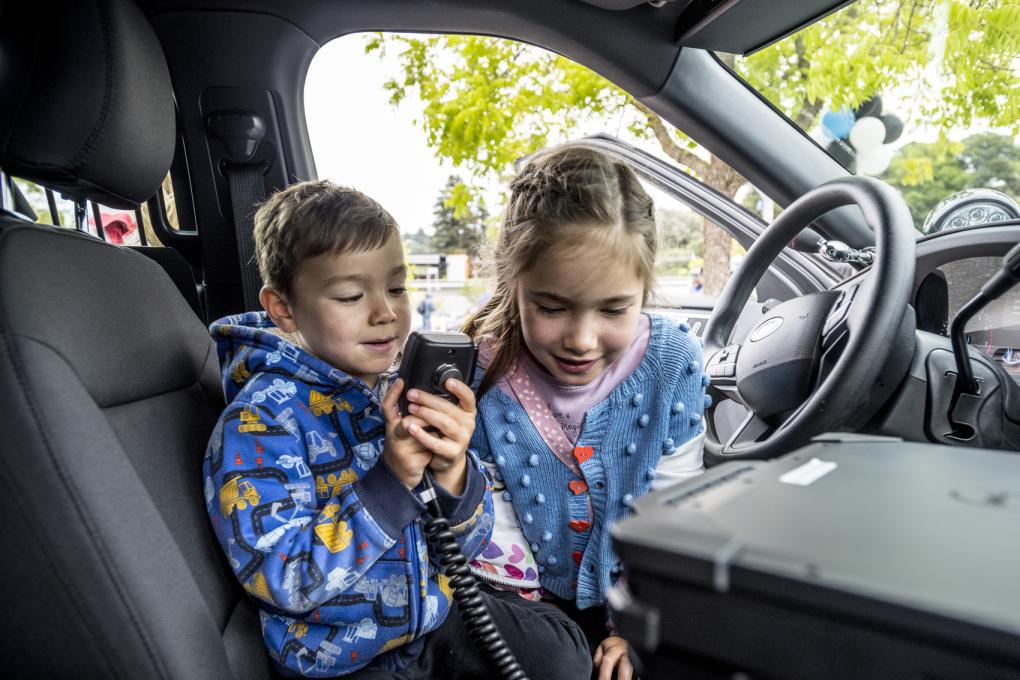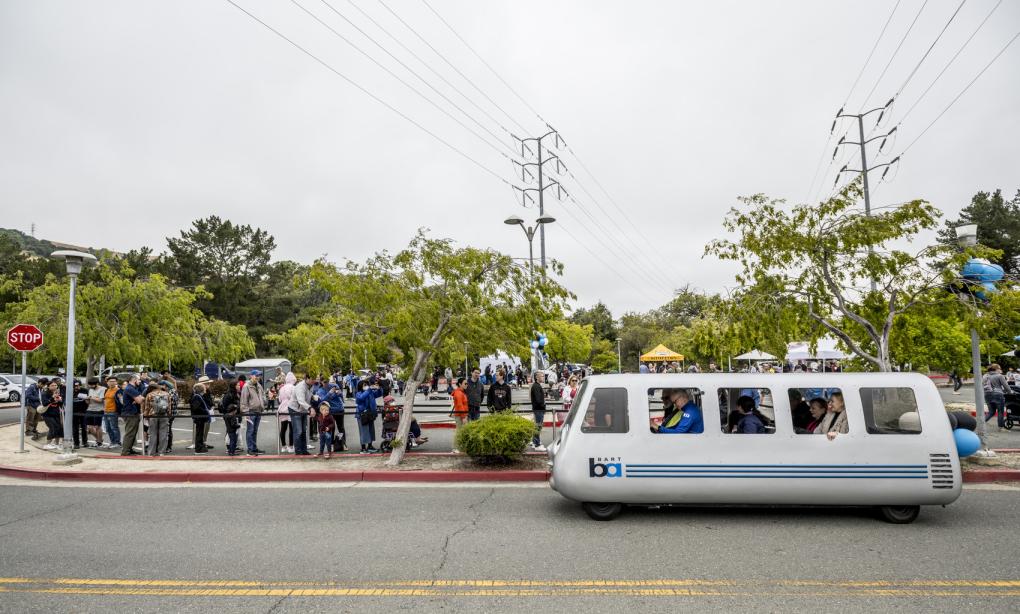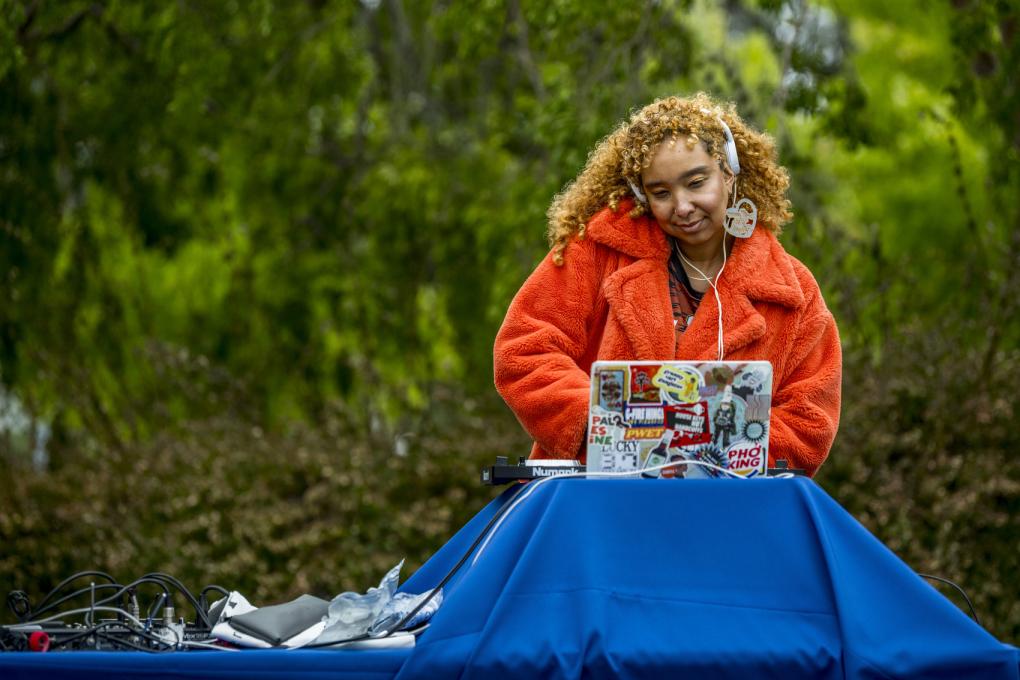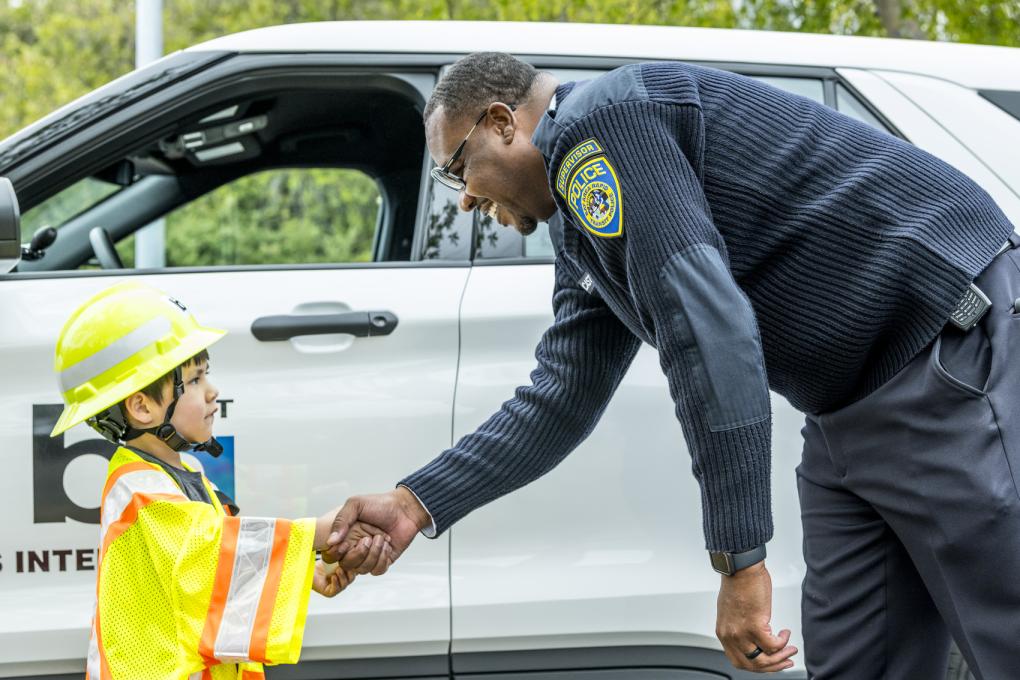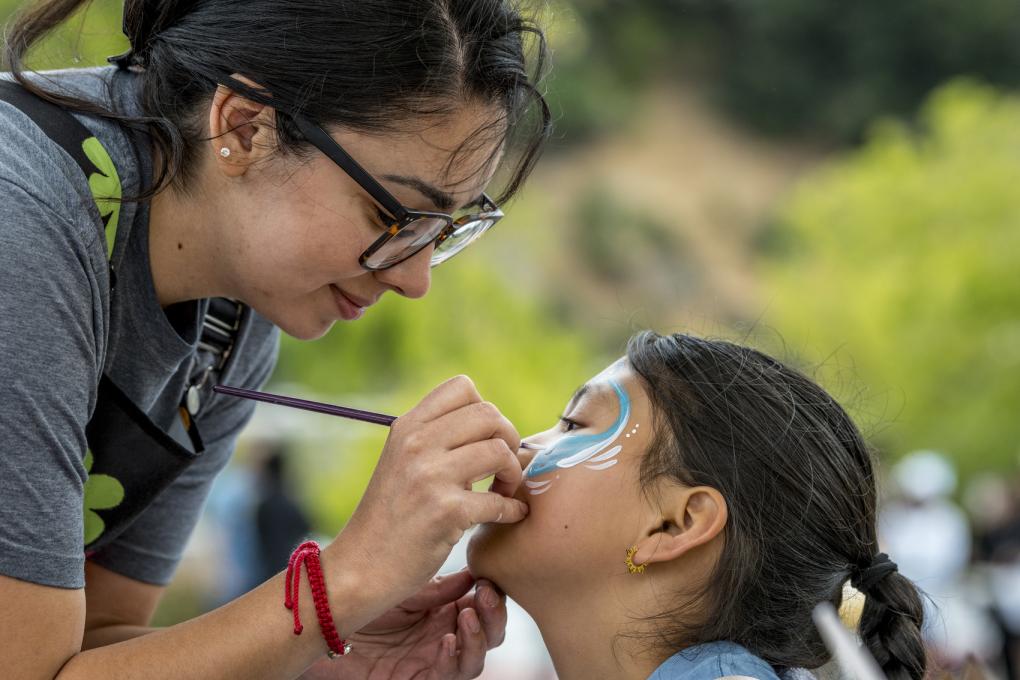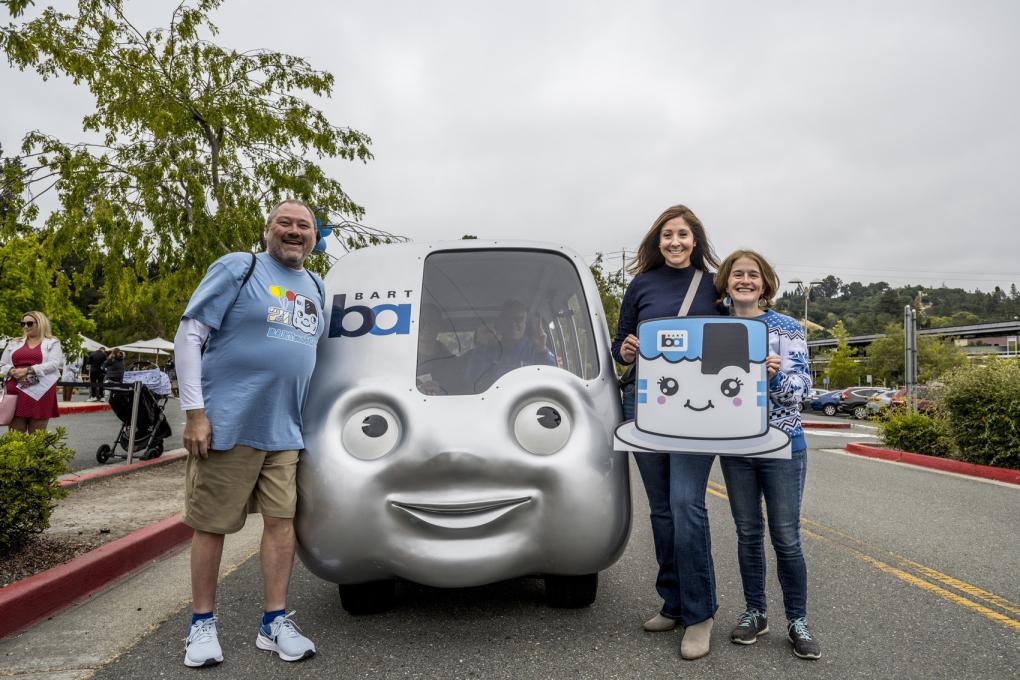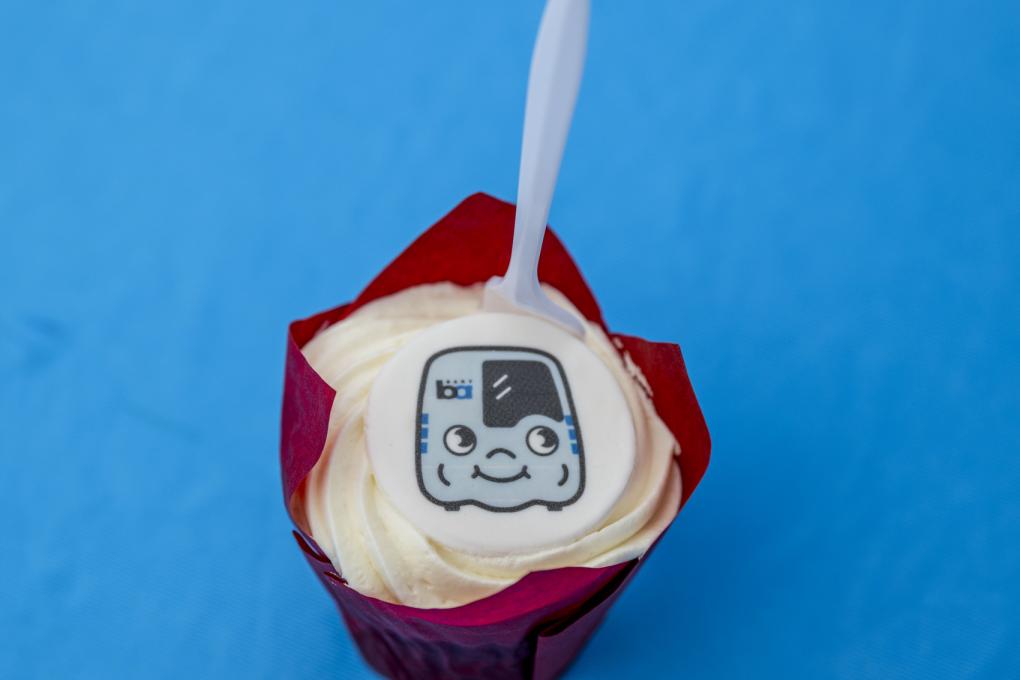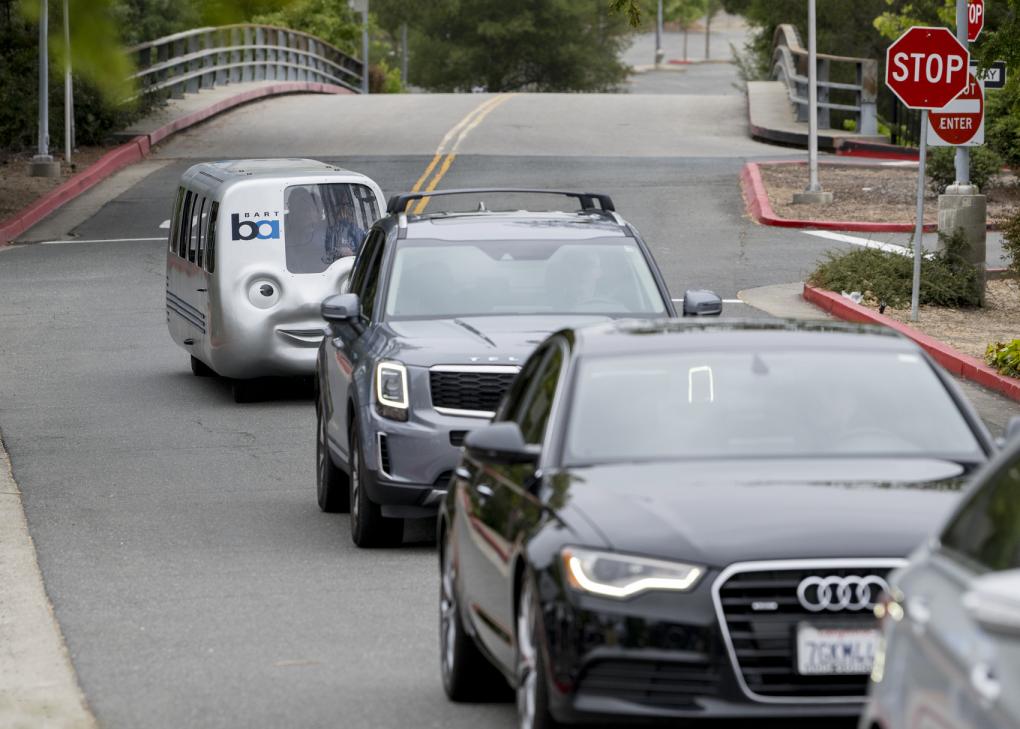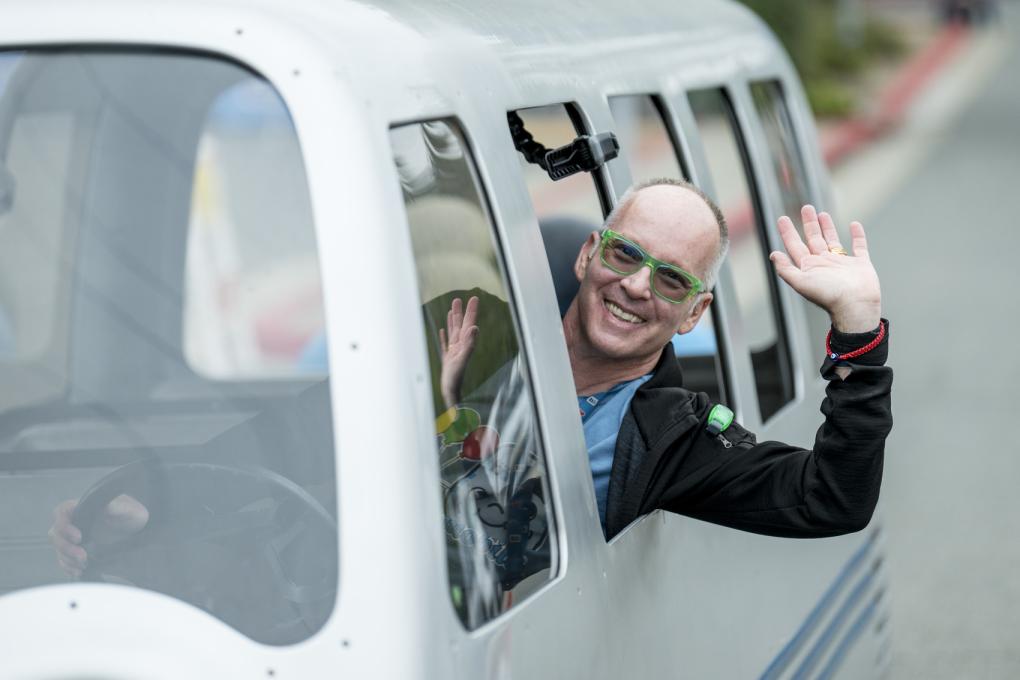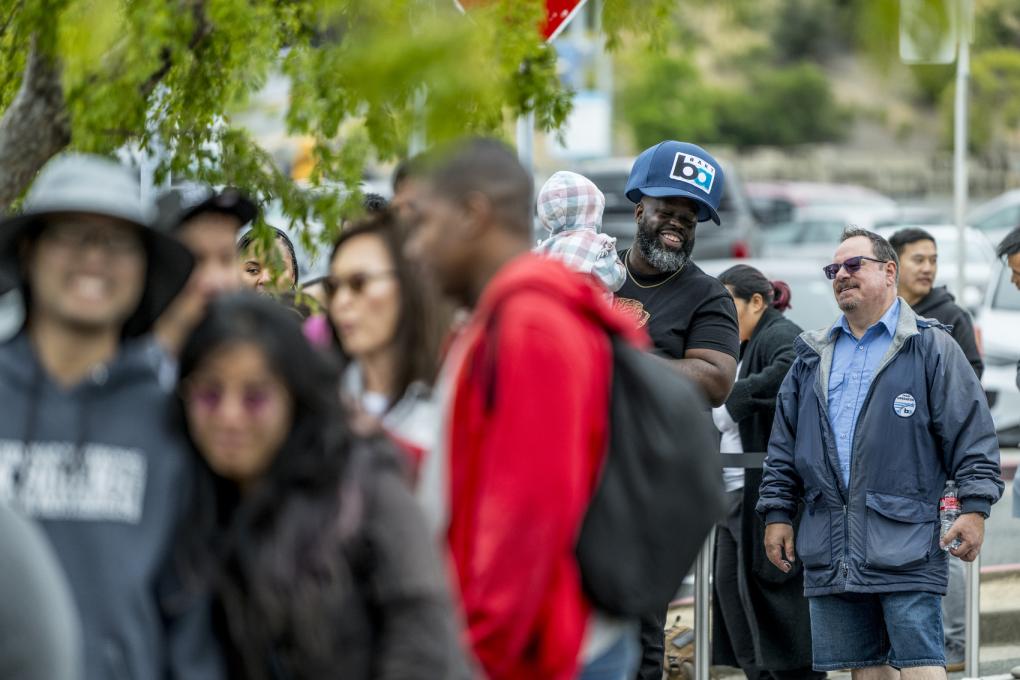Search Results
Installation work to begin March 17 for Next Generation Fare Gates at El Cerrito Plaza Station
On Monday, March 17 BART will begin the installation of Next Generation Fare Gates on the concourse level of El Cerrito Plaza Station. The installation work will happen in stages so riders can continue to use the remaining gates while new ones are being installed. There will be additional BART staff as well as signage to direct riders to the open gates. The work to replace all the gates at El Cerrito Plaza Station is expected to take about a month.
A temporary barrier will be installed around each array when it is ready to be removed to provide a safe workspace for the installation team as well as to protect riders from construction. The work will not impact train service, but riders may experience a few extra minutes wait to pass through the fare gates during peak travel hours.
The latest work comes after BART has successfully installed Next Generation Fare Gates at 22 stations across the system. All 50 BART stations will have new fare gates by the end of 2025. You can learn more about BART’s Next Generation Fare Gates project here.
“Local transit gives you the broadest recruiting reach”: Father-son colleagues and the perks of headquartering new startup in Downtown San Francisco at the “crux of all transit lines”
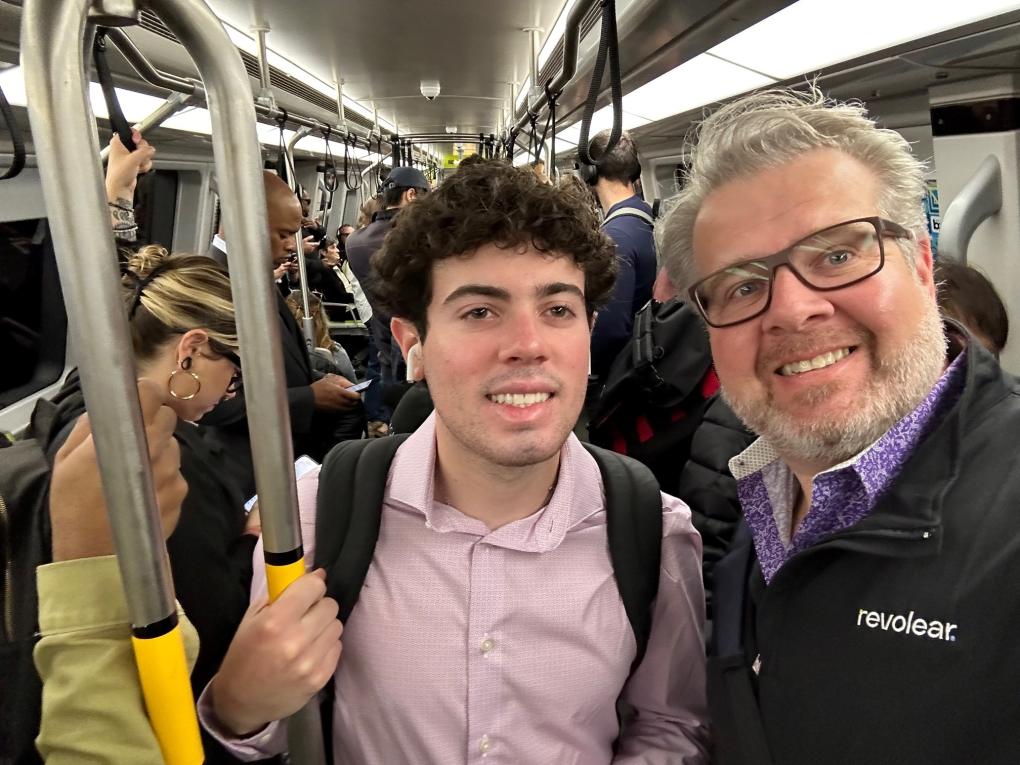
Tyler and Raja Singh pictured commuting together on BART.
This past summer, Raja and Tyler Singh did something they’d never done before; they worked together. They also traveled to their Downtown San Francisco office on BART with each other in what they described as a relaxing bonding experience.
Tyler is Raja’s son. A second year at Santa Clara University, Tyler also worked as Raja’s intern over summer break doing quality assurance at his dad’s new enterprise software company, Revolear. Raja deliberately headquartered the company in Downtown San Francisco, in the building directly above Montgomery Street Station, at the “crux of all transit lines.”
Every morning the two would head to the office, sitting or standing side-by-side on the train, for the three in-office days Raja and his cofounder required of employees. Tyler would drive the five-minute ride to Lafayette Station while Raja “slumped over in the passenger seat." Tyler said they timed their exiting of the house thoughtfully, referencing the official BART app, which displays real-time train arrivals and departures.
In addition to making sure he leaves on time, Raja said he’s loved taking his son behind the curtain of his working life – an experience most children never have. The workday, for many kids, is a black box from which their parents come and go.
“It’s super fun to have Tyler at the office and seeing what I do every day when I’m not home,” Raja said.
Before setting out on his own, Raja worked at various software companies. Since 2011, he’s taken BART to various offices in San Francisco. He said he’s long understood the importance of a relaxed, reliable commute – one that wouldn’t require sitting in miles of traffic to travel from his home in Lafayette.
When starting his own business, Raja realized that transit would serve his employees’ well-being and morale. It also, as an added bonus, would serve his own interests and priorities as the head honcho.
"People perceive going into the office as somewhat of a burden, and I thought it was important to make it as easy as possible for folks,” he said. “It’s more relaxing to get on BART and zone out or work than it is to navigate a tunnel and bridge then find parking downtown.” Raja would know – he's been commuting by BART for well over a decade.
Employee Tyler agreed: "BART is faster and more consistent. You can’t drive to the city in a half hour. Definitely not.”
Raja also cited the recruitment benefits of headquartering his company by transit. They can enter the office, at 44 Montgomery Street, directly from the station, without having to step foot outside. Raja said nine of his employees live in the Bay Area and all of them commute by transit – seven take BART and two travel by Muni from their homes in the city.
“Because we’re located at a transit hub, we can recruit from the East Bay, the South Bay, the Peninsula, and the city all at once, and it’s equally easy to get there,” he said “There's nowhere else in the Bay where you can say that. It gives you the broadest recruiting reach.”
Raja has witnessed the ups and downs of Downtown San Francisco since the start of the pandemic. He said he himself got back on BART two years after the onset of the lockdown. But he has faith that the area will spring back to its former vibrant self. He expects rents to adjust to make Downtown SF once again attractive to companies.
There is, he added, nowhere quite like San Francisco. It remains an attractive destination for enticing potential customers for corporate visits, an integral part of the sales process.
“It’s stunningly beautiful, it has great fancy restaurants, and it remains a destination for people,” Raja said. “There’s nowhere like San Francisco. People want to visit!”
Photos: BARTmobile gives 11 miles worth of rides to at its 20th Birthday Party
Smiles even bigger than the BARTmobile's famous grin shone from hundreds of faces on Saturday, July 27, when BART hosted a twentieth birthday party for the Bay's beloved transit mascot at Orinda Station. There was face painting, music, carnival games, kettle corn, cupcakes, and lots and lots of BARTmobile rides.
It's a rare ocassion that the BARTmobile bestows the privilege of a ride to non-BART employees, and BARTy fans of all ages seized their chance to take a short spin in the vehicle (which is actually a long golf cart with a custom "skin" over it).
In all, the BARTmobile gave 70 rides during the party, traveling more than 11 miles in just three hours. More than 370 people got a ride, including BART boardmembers Mark Foley (vice president of the board), Rebecca Saltzman, and Melissa Hernandez, who came out to toast the mascot.
At the end of the party, BARTy's handlers, Ricky and Angel, packed him up and put him to bed at the Oakland shops for some much needed rest.
Enjoy snapshots from the day in the slideshow and stay tuned for more BART events this summer.
Installation work to begin week of November 17 for Next Generation Fare Gates at Warm Springs/South Fremont Station
The week of November 17, BART will begin the installation of Next Generation Fare Gates at Warm Springs/South Fremont Station. The first set of gates to be replaced will be the array on the south end of the concourse. While work happens to install the first set of new gates, the second array of old gates will remain open for riders. There will be signage to direct riders to the open gates. Once the installation of the first set of new gates is complete, work will begin on the second array.
A temporary barrier will be installed to provide a safe workspace for the installation team as well as to protect riders from construction. Each new array is expected to take up to two weeks to install. While this work will not impact train service, riders may experience a few minutes wait to pass through the old gates during peak travel hours.
The latest work comes after BART has successfully installed Next Generation Fare Gates at ten stations across the system. All BART stations will have new fare gates by the end of 2025. You can learn more about BART’s Next Generation Fare Gate project here. Riders can provide feedback about the new gates at bart.gov/comments.
Installation work to begin week of February 3 for Next Generation Fare Gates at Downtown Berkeley Station
The week of February 3, BART will begin the installation of Next Generation Fare Gates on the concourse level of Downtown Berkeley Station. The installation work will happen in stages so riders can continue to use the remaining current gates while new ones are being installed. There will be additional BART staff as well as signage to direct riders to the open gates. The installation of each new array is expected to take up to two weeks to complete. The work to replace all six fare gates arrays at Downtown Berkeley Station is anticipated to continue into February.
A temporary barrier will be installed around each array when it is ready to be removed to provide a safe workspace for the installation team as well as to protect riders from construction. The work will not impact train service, but riders may experience a few extra minutes wait to pass through the fare gates during peak travel hours.
The latest work comes after BART has successfully installed Next Generation Fare Gates at 16 stations across the system. All 50 BART stations will have new fare gates by the end of 2025. You can learn more about BART’s Next Generation Fare Gates project here.
Installation work to begin Friday, March 14 for Next Generation Fare Gates at Concord Station
On Friday, March 14 BART will begin the installation of Next Generation Fare Gates on the concourse level of Concord Station. The installation work will happen in stages so riders can continue to use the remaining gates while new ones are being installed. There will be additional BART staff as well as signage to direct riders to the open gates. The installation of each new set of gates is expected to take up to two weeks to complete. The work to replace all the gates at Concord Station is expected to continue through the end of April.
A temporary barrier will be installed around each array when it is ready to be removed to provide a safe workspace for the installation team as well as to protect riders from construction. The work will not impact train service, but riders may experience a few extra minutes wait to pass through the fare gates during peak travel hours.
The latest work comes after BART has successfully installed Next Generation Fare Gates at 22 stations across the system. All 50 BART stations will have new fare gates by the end of 2025. You can learn more about BART’s Next Generation Fare Gates project here.
Bus Bridge and Red Line Cancellation Alert: Free buses replace trains between Rockridge, MacArthur, and 19th Street stations on select weekends
(October 2 update): The track shutdowns that had been planned for two weekends in October and November between Rockridge, MacArthur, and 19th Street stations have been postponed until 2025. The postponement will allow BART to focus on other priorities to improve reliability and limit future disruptions. We also continue to evaluate lessons learned from the first shutdown weekend in June, as we plan to adjust our approach and execution. BART’s goal remains to minimize short term impacts on riders by maximizing work efficiency.
BART crews have begun the process of replacing a series of interlockings between Rockridge, MacArthur, and 19th Street stations. Free buses will replace trains between Rockridge, MacArthur, and 19th Street stations on 18 non-consecutive weekends over the next three years. Riders can expect delays of 40 minutes in the area on those work weekends. There will be no Red Line service on these weekends but the Orange line will serve Richmond riders.
Additional service impacts on all work weekends for this project include:
*Yellow Line will run 20-minute service.
*Orange/Blue/Green Lines will run 30-minute service (usually 20 minutes but not possible given project constraints).
*Service to/from Millbrae will be via the Yellow Line.
*All train schedules will be different from the normal weekend timetables. Please check the Trip Planner to see the new train departure times (use the impacted dates of service when planning).
*Due to the new schedule, the last train departures of the night may be earlier than the regularly scheduled departures.
*MacArthur Station will be open for southbound Orange Line stops from Richmond. No Yellow Line service to MacArthur (Yellow line trains end a Rockridge).
*Orange Line bus bridge will operate between MacArthur and 19th St.
*Yellow Line bus bridge will include buses that go directly between Rockridge and 19th St as well as buses that also stop at MacArthur.
*Lower level platforms at both 12th and 19th Street stations will be out of service.
*All buses used for the bus bridge will be outfitted with racks for bicycles. You can also bring traditional bicycles onto the buses if space allows. Please avoid bringing motorized bikes or eBikes to the bus bridge as they may not be allowed on the buses.
*It might be faster to ride your bike between stations than to take the bus bridge. It might also be faster for Richmond Line riders to ride their bikes directly to 19th Street and take BART to their final destination from there.
Interlockings are a vital part of the BART system. They are segments of the railway that allow trains to safely move from track to track. Shutting down train service in the work area ensures a safe workspace for the project team. Work on this project will happen on select, non-consecutive weekends into 2026.
BART crews will make the most of their time in the system by taking on as many trackway improvement projects as possible on the weekends when this portion of the system is closed to trains. In addition to replacing interlockings, the team will also replace traction power cables, install new train control equipment, install new digital display signs at underground stations up to Berkeley and 12th Street/Oakland City Center, manage vegetation that could impact service, and do deep station cleaning.
This will be one of the most challenging rebuilding projects that BART has ever undertaken because of the location of the project. With limited workspace, crews will be unable to use a crane or other heavy equipment to lift track components into place. Instead, workers will transport all materials on rail and assemble larger components by hand. The equipment being replaced is decades old and has outlived its design life. Riders will enjoy a smoother, safer, more reliable, and quieter ride once this project is complete. You can get more details on this project from this staff presentation to the BART Board of Directors.
This project is part of BART’s overall effort to improve the safety and reliability of the 131-mile, 50 station system. There are now more rebuilding projects happening across BART than at any point in its 50-year history. You can learn more about the progress of this work by reading the 2023 Measure RR Annual Report published by the independent Measure RR Bond Oversight Committee.
You can keep up with the latest updates for trackway repair projects that impact service by going to our Alerts and Advisories page.
Learn more about the project with our Frequently Asked Questions (FAQ) page. Also, check out our podcast for an in-depth discussion about the project, its challenges, and long-term benefits for riders.
*This article was originally published May 1, 2024.
Bicycle Connector Project improves bike access to Ashby Station
A major improvement for bicyclists has just been completed at Ashby Station.
The Ashby BART Bicycle Access Improvement Project provides a better and safer bicycle connection to BART from both the west and east, as well as closing a gap in Berkeley’s bike network between Adeline Street and MLK Jr. Way across BART property, connecting Woolsey St. to Prince Street. There is now a one-way inbound bike lane from Woolsey Street-Adeline Street into the station area as well as a two-way cycle-track from MLK Jr. Way-Prince Street into and out of the station area.
Watch a video of the bike lane here
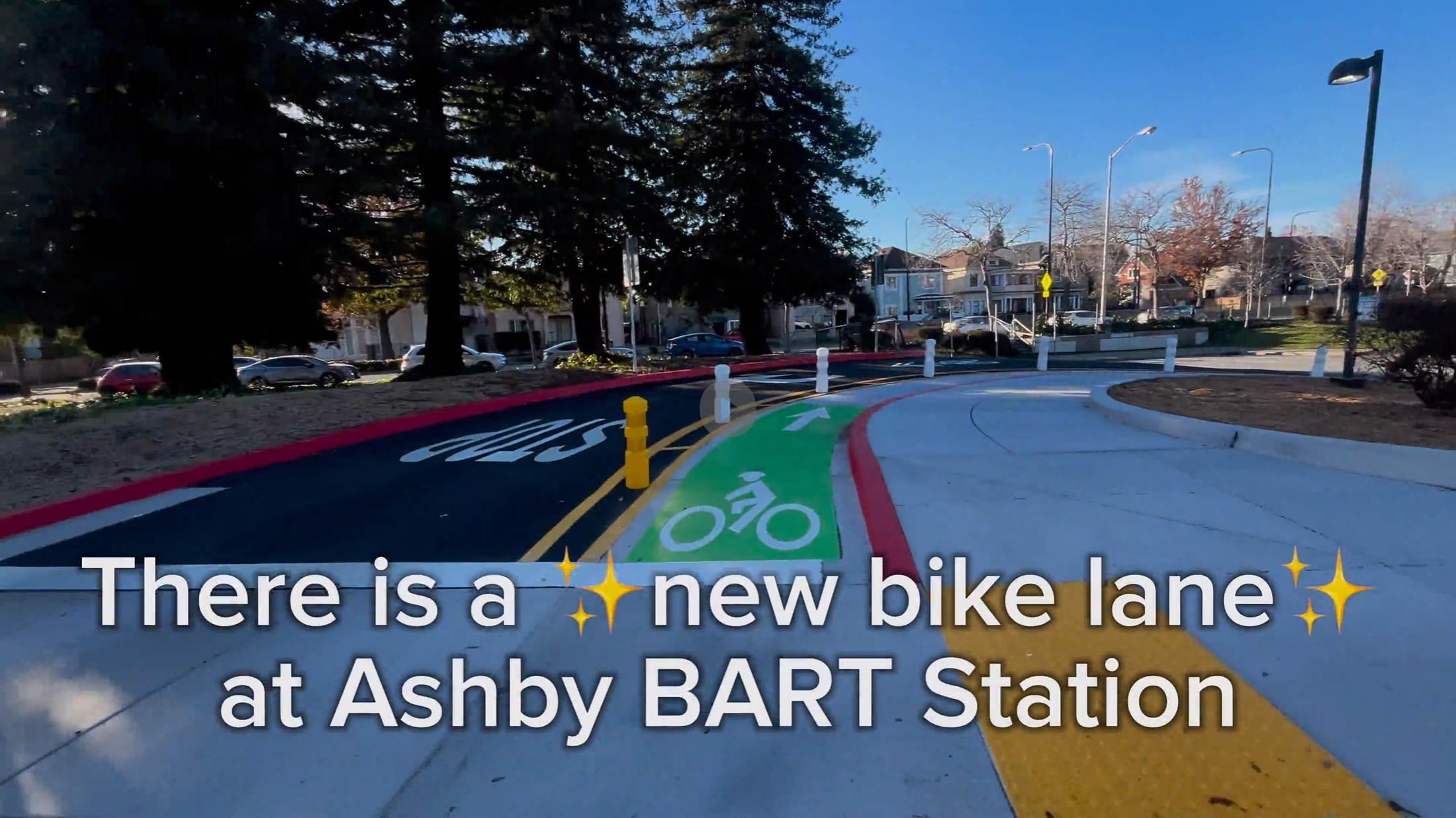
The MLK Jr Way-Prince Street station area driveway has become one-way inbound only for vehicles. The Adeline Street/Woolsey Street station area driveway remains one-way outbound only for vehicles, but bicycles can now circulate in both directions. The project also installed directional curb ramps at the Woolsey Street-Adeline Street driveway, so they align with the intersection’s crosswalks.
To complement the BART project, the City of Berkeley will start construction this spring on crossing improvements to both Adeline and MLK Jr. Way, expected to be complete by spring 2026.
Alert: Red line cancelled on Wednesday, June 26th due to maintenance vehicle derailment
Update: June 26, 2024 7:15 am
Crews moved our maintenance vehicle out of the way last night.
The Red Line returned to service when we opened this morning.
We apologize for the inconvenience it caused and we thank our riders for their patience.
--------------------------------------------------------------------------------------------------------------------------------------
At about 3:30am on Wednesday, June 26, 2024, a BART track maintenance vehicle derailed near 19th Street/Oakland Station blocking one set of tracks.
No BART stations are closed but the Red Line is cancelled. We anticipate the Red Line to be cancelled all day but back in service tomorrow. Red line trains will show as cancelled in real time departures and the Trip Planner.
- San Francisco bound passengers coming from the Richmond direction who would normally take a Red Line train should take an Orange Line Berryessa train and transfer to a Yellow Line San Francisco train at MacArthur Station.
- Millbrae riders should take the Yellow Line.
- Orange Line trains coming from Richmond will need to divert to West Oakland after 12th St. Station and then turn back towards the Berryessa direction. So they will run: 12th St, West Oakland, Lake Merritt, and so on. Orange Line trains coming from Berryessa don’t need to do this.
- Platform 2 at 19th Street/Oakland Station is closed and trains may be stopping at a different platform that usual at 12th and 19th St stations.
The incident is not causing major delays.
BART Service Alerts are available via email, text, or customized push notifications in our official BART app.
Text and email opt-in: http://cloud.info.bart.gov/signup
On our app, select the profile icon and then notification settings. Set as many as you need for exactly when you typically ride BART. You will get push notifications of our alerts only during the selected times.
Installation work to begin October 11 for Next Generation Fare Gates at San Francisco International Airport Station
BART will begin the installation of Next Generation Fare Gates on Friday, October 11 at San Francisco International Airport Station. The station has a total of four sets of fare gates, two on the upper level and two on the lower level. Workers will replace one set on each level of the station simultaneously. While this work is being done, a set of the old gates will remain open for riders on each level. There will be signage to direct riders to the open gates. There will also be additional staff on site to help direct riders. Once the installation of the first two sets of new gates is complete, work will begin on replacing the third and fourth arrays.
A temporary barrier will be installed to provide a safe workspace for the installation team as well as to protect riders from construction. Each new array is expected to take up to two weeks to install. The latest work comes after BART successfully installed Next Generation Fare Gates at 24th Street Mission, Antioch, Civic Center, Fruitvale, Oakland International Airport, Richmond, and West Oakland stations.
All BART stations will have new fare gates by the end of 2025. You can learn more about BART’s Next Generation Fare Gate project here. Riders can provide feedback about the new gates at bart.gov/comments.
